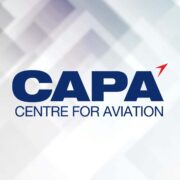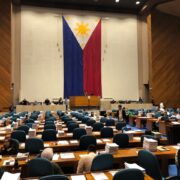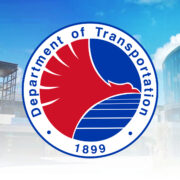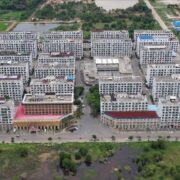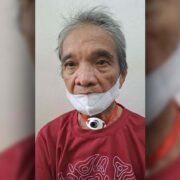Literacy lessons from Vietnam
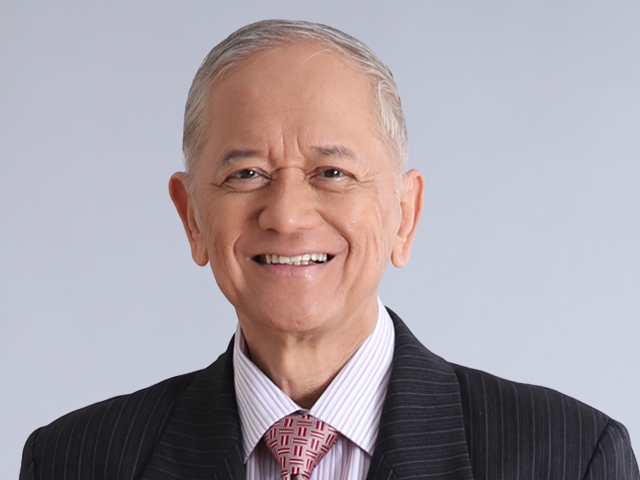
Study teams of the Second Congressional Commission on Education (EdCom II) have conducted visits to Australia, Finland, Vietnam, and the United States. Critics disposed to dismiss these trips as high-level, high-cost junkets should hold their fire, at least until the teams can share with the public their findings from the field. In an era of rapid innovations in a global market, bench-marking must be a continuing process.Even industry leaders must continually check the rear view mirror to monitor those preparing to overtake them. By 2000, Singapore education benchmarks were the ones pursued by developed countries. But as education minister and concurrent president of the Southeast Asia Ministers of Education Organization, Tharman Shanmugaratnam, now Singapore president, scheduled an extra day for his SEAMEO visit to Vietnam. He wanted to understand how Vietnamese students were winning in international math competitions against Singapore and Western countries with bigger education budgets.Countries in catch-up mode have a greater need to learn from others. If the process requires investing in what skeptics consider mere academic tourism, so be it. More expensive in the long run to ignore lessons that other countries have learned and to repeat avoidable mistakes. EdCom II Executive Director Karol Mark Yee has reported on the potentially “actionable insights” that Sen. Sherwin Gatchalian hopes the study visits would yield for the “necessary reforms” which Negros Occidental Rep. Francisco “Kiko” Benitez, believes would strengthen our education system.
Yee appropriately focused his report on “Lessons on literacy;” as it was the 2018 Programme for International Student Assessment (Pisa) test results that provoked national alarm about the state of Philippine education and led to EdCom II. Vietnam was also an obvious reference point. It is not materially more wealthy than the Philippines, with 2022 GDP of $408.8 billion as against our $404.3 billion. But in terms of learning poverty—the proportion of children at age 10 unable to read simple texts, the Philippines is much poorer. In 2022, less than 10 percent of Filipino children and over 80 percent of Vietnamese children had acquired this ability, a gateway skill required for them to access higher levels of learning.In the 2018 Pisa tests, Organization for Economic Cooperation and Development (OECD) countries recorded average scores of 487 in reading and 489 in both math and science. With 340 in reading, the Philippines placed dead last among the 79 participants and, at 353 in math and 357 in science, second to the last in those subjects. Vietnam surpassed OECD average scores with 505 in reading, 496 in math, and 543 in science. But because Vietnam used paper-based instruments in its tests, it was excluded from the ranking. Otherwise, Vietnam had the scores to secure 13th place in reading, 24th in math, and fourth in science.
Vietnam differs from the Philippines in many ways, not least in its far longer history as a nation, differences that may explain its exemplary success in education. We cannot hope to replicate the historical and cultural factors that gave the Vietnamese the discipline and resilience to fight and defeat Chinese, French, and American colonizers. Nor would we want the political system it has established. But Yee suggests that Vietnam’s education policies may be exportable.
First, Vietnam ensures better protection for education’ share of the budget. A 2019 law reserved 20 percent of the national budget for education and training. The Philippine 2024 budget allocated 16 percent for education. Second, Vietnam spends more of its funds in early basic education, with expenditures of $745.8 on Grades 1 to 3 pupils, compared to the average $328 spent by the Philippines. The EdCom II report had already noted the tripling of the education budget between 2010 to 2024 from P7,876 to P20,834, but the increases in the later years have gone to higher education.
Yee concludes that Vietnam confirms the need to “prioritize the primary years” and, beyond this, to address the issues of early childhood and literacy education that EdCom II had noted. Vietnam has also started nursery-level programs to develop physical, cognitive, linguistic, emotional-social, and aesthetic domains for children as early as three months of age. In 2010, Vietnam extended the program to establish a development framework tracking 120 indicators for 5-year-old children.
Third, Vietnam implements an affirmative action agenda for its marginalized sectors. It spends twice as much for students from ethnic minorities in the country’s more remote areas to support boarding houses for them as well as incentives for their teachers, who must cope with the task of educating children whose mother tongue is not Vietnamese.
Linguistic diversity is not a major problem in Vietnam; about 85 percent of the population speak the same language. That Vietnam gives it priority as part of its goal of ensuring a literate nation deserves the attention of our policymakers.
Edilberto C. de Jesus is professor emeritus at the Asian Institute of Management.
Business Matters is a project of the Makati Business Club. (makatibusinessclub@mbc.com.ph).

